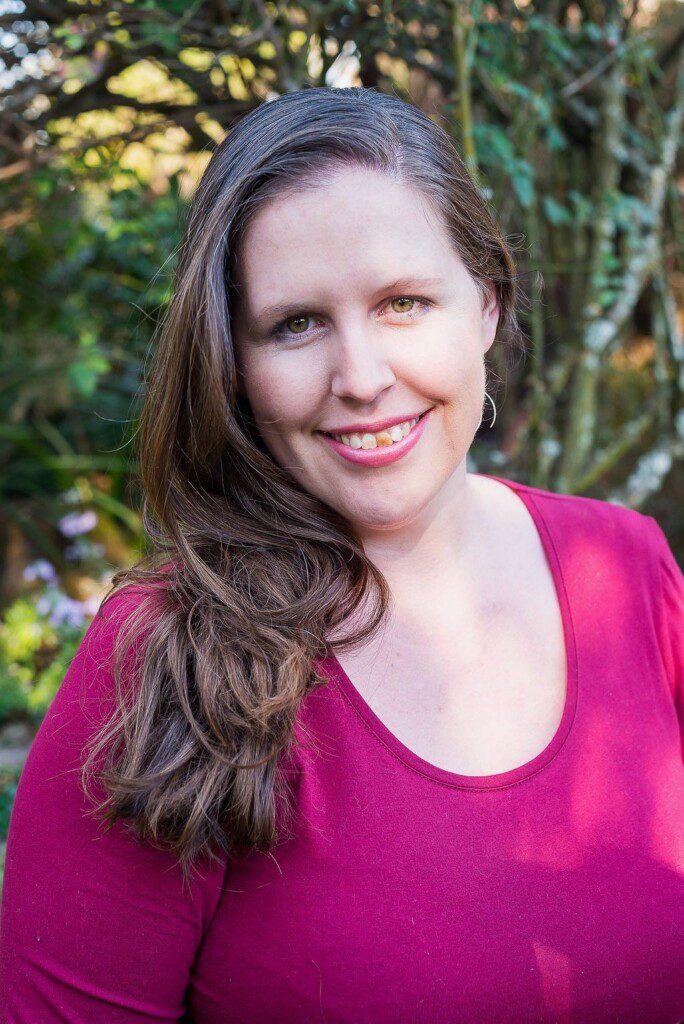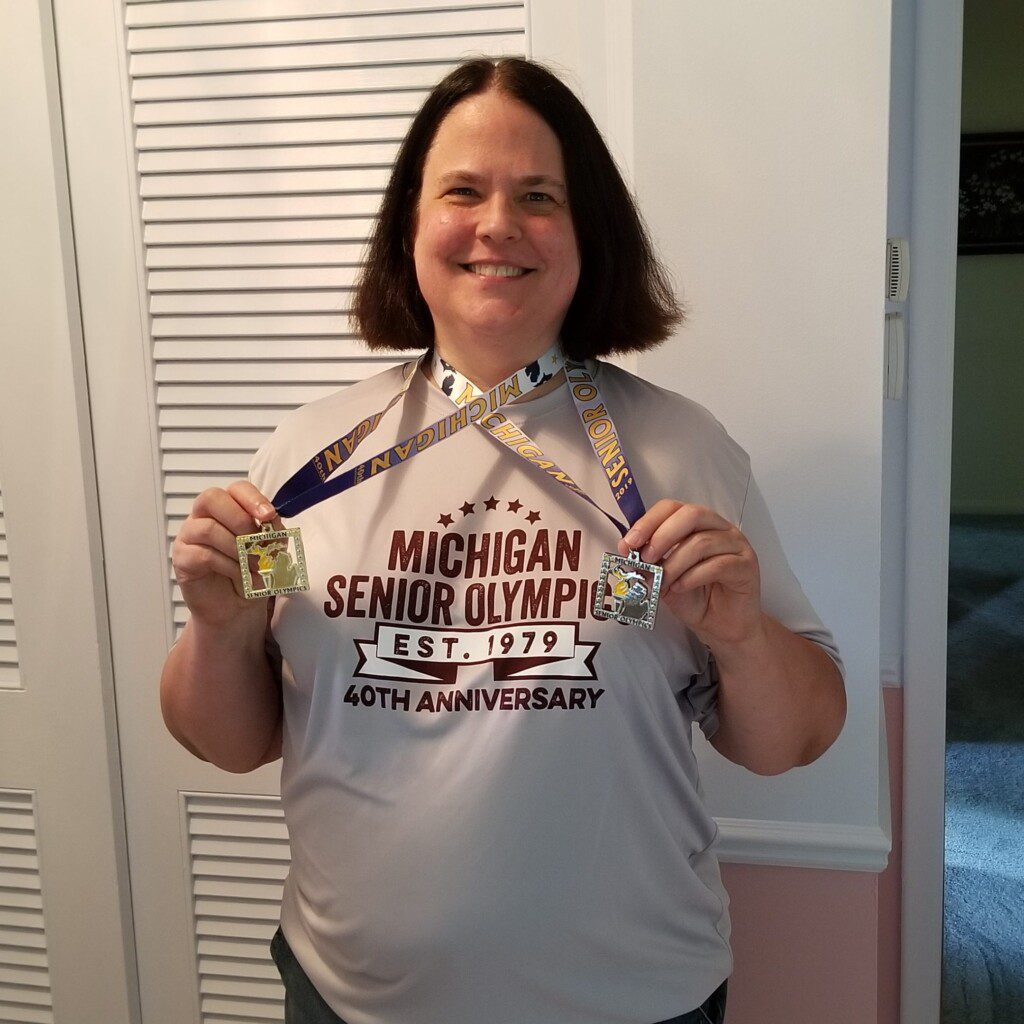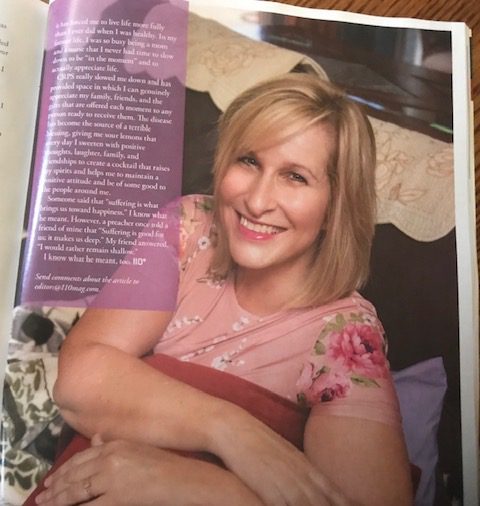 A decade ago, I was an R.N. working in the Delivery Unit at Sutter Delta Hospital when I became the victim of a series of horrible events. It began when I tripped over some cables and landed hard on my hands and knees. I was surprised at the severe levels of pain that immediately began shooting through my elbows. The pain never subsided but, in spite of my torment, I stayed on the job for the next ten hours, helped finish the delivery, and remained for postpartum care.
A decade ago, I was an R.N. working in the Delivery Unit at Sutter Delta Hospital when I became the victim of a series of horrible events. It began when I tripped over some cables and landed hard on my hands and knees. I was surprised at the severe levels of pain that immediately began shooting through my elbows. The pain never subsided but, in spite of my torment, I stayed on the job for the next ten hours, helped finish the delivery, and remained for postpartum care.
From the beginning, I realized something bad had happened but continued working for the next two weeks. Even though I was working at reduced capacity, unable to lift babies or trays, my activities were nevertheless putting pressure on my increasingly more painful limbs. I went to my primary doctor for help, but he dismissed symptoms by repeating, “Pain strain, pain strain!” over and over. He assured me that I would recover. I have a high threshold for pain and knew this was more than a strain. I begged him to order an MRI, but he refused to listen.
After six weeks of suffering, the doctor finally referred me to an orthopedist. I begged him to do an MRI. “There’s something wrong,” I told him. However, he dismissed my concerns. His “treatment plan” was to order me to take a month off work.
The condition worsened during the month of rest. My hand became icy cold, and turned an unhealthy-looking shade of purple. When I returned to work, I was unable to perform my duties and was finally reduced to doing telephone callbacks to check on ER patients.
Three months following my fall, they finally performed an MRI and discovered that the fall had torn ligaments in my hands. By then, the left hand had become swollen, the purple color had intensified, and it had become icy cold. I could no longer move my hand or permit it to be touched without causing pain that reached burning and stabbing levels. The doctor referred me to an Oakland surgeon who did nothing except for eventually giving me a cortisone shot that had no effect whatsoever. Following five months of inactivity he patted himself on the back. “I’m so glad I didn’t do surgery,” he said. “It would have made things worse,” and then referred me to a Walnut Creek Pain Management clinic.
The clinic staff undertook an actual assessment of my condition and at last came up with the diagnosis. It turned out that my fall had led to a medical condition called Complex Regional Pain Syndrome (CRPS), which is a chronic and incurable disfunction of the nervous system in which elevated levels of nerve impulses were being sent to my hand resulting in the pain and discoloration.
Even though CRPS research is going on, the condition eludes effective treatment because the disease changes its character from one person to another, which requires doctors to treat each patient as a unique medical case. Even though there is no cure for CRPS, an effective treatment plan can control the symptoms as long as diagnosis is made within 12 weeks following the onset of the disease. In my case, nine months had passed and the condition had become absolutely resistant to treatment.
The pain management staff tried administering nerve blocks to my hand, which did nothing to relieve the pain I was experiencing. In fact, a short time later thick layers of skin began peeling off the hand. They then tried physical therapy, which only made the situation worse. CRPS began to spread and symptoms began to appear in my right hand and left ankle. My left hand had become mannikin-like because the pain had become so intense that any movement felt like fire was being poured into my fingers and palm. They ordered a spinal cord simulator procedure. The treatment itself was painful, but for a little while it restored some usefulness to my hand. As the effect began to wear off, they gave me a second treatment that not only failed to help, but actually made the pain grow worse.
For a long time, I unwisely held out against opiates because I was unwilling to expose myself to possibly addictive substances. However, my condition continued to worsen until, in 2014, I found myself confined to bed with hands and feet disfigured by swelling. I grew hyper-sensitive to my environment. Any breeze caused by a fan or an open door made the pain surge to crazy levels. Noise and light compounded the pain, as well, so the bed and bathroom were the only places in which I could bear the pain at all.
I finally realized that I needed help and began taking drugs. High Dose Fentanyl Skin Patches and percocet tablets provided some help, but I still spent much of my time in bed trying to control my environment — keeping my sons quiet and the room darkened. That was no way to live; that was no life. I had suicidal thoughts and imagined how easy it would to end the suffering, and bring peace to myself and to my family.
I moved up to Neurontin 3,600 mcg per day and was always pushing the pain doctor for something else. I ran into a roadblock because the recent Opioids Epidemic caused my doctor to treat me like a potential drug addict and was perfectly willing for me to become wheelchair-bound or even bed-ridden with truly debilitating pain rather than to prescribe drugs at a level that would enable me to live any kind of normal life. My only recourse was to find another doctor with a more rational view.
I learned of an L.A. physician who was treating pain with a drug called Ketamine, which is mainly used as an anesthetic, but is also prescribed for chronic pain. Ketamine is no miracle drug, however. As the effects of the drug wears off, a patient will often experience hallucinations and enter into a confused and agitated state, sometimes with trembling limbs, elevated blood pressure, vomiting, nausea, and headaches.
We went to L.A. where I participated in a high-dose Ketamine treatment plan that lasted 15 days. It started with a 4-hour-long drug-induced coma. Afterwards I would be nauseated, anxious, and confused, but I was willing to endure the symptoms because I was finally able to walk. The treatment cost $30,000, which was an out-of-pocket expense for us.
I continued searching for other solutions and discovered that Kaiser offers a unique low-dose Ketamine IV treatment that was more affordable and not so hard on my body. The problem is one of limited capacity. There is only one bed per patient per week. For a year-and-a-half, beginning in 2015, they permitted me to undergo the inpatient 24-hour treatment once every two months. I was able to walk longer distances and dropped opiates to 25 mcg Fentanyl patches and reduced my percocet doses. Then they increased the interval between treatment to five months, the effects only last a couple months, or so, which means that I spend a few months before the next treatment in a condition that is semi-mobile, at best.
Pain has become my constant companion. I have learned to move through life one day at a time. When the condition is at its worse, I sometimes move forward one hour at a time. However, I am unwilling to permit my physical condition to dictate my mental attitude. The task of putting on socks is terribly painful, for example, and they continue to cause pain when I wear them throughout the day. However, my life would be diminished if I was barefoot all the time, so I put the socks on every morning and then deal with the pain.
Life has become a zero-sum game. Every choice to engage in some social or physical activity comes with a payoff. For example, I have to decide whether or not to have tea with a friend because doing so will perhaps require me to spend the afternoon recuperating on the couch or taking more medicine.
The Universe blessed me with one particular incident that provided a perspective to sustain me through the worst life has to offer. During my fourth Ketamine treatment, my lungs suddenly overflowed with fluid from an unattended IV. I was unconscious and suddenly felt myself rising out of my body. I realized that I had died but, rather than being fearful, I sensed that I had a huge smile on my face and that my heart was beginning to overflow with a feeling of joy and wellbeing.
I suddenly heard the word “Hi,” and realized that the voice was coming from a figure or object that was shining with a star-like brilliance. My life passed before my eyes as a series of images marking emotional high and low points. I was particularly struck by the depictions of earlier years when I was working so hard to manage the demands of my profession that I failed to give my husband Mike and our four sons the attention they deserved.
In spite of the joyful place I was in, I suddenly sensed that my life was incomplete and that there were still things for me to do with my family, in particular with my youngest son, Josh. I wanted to go back and finish my work.
I suddenly found myself back in the hospital room with a concerned person in scrubs standing beside me. All I could think of was to ask her, “Do people ever tell you they went to heaven?” She was naturally confused by my question. I told my husband who was standing there that I had gone to heaven, and began sobbing out of regret for my behavior when we were young.
As soon as I woke up, Charisse, who is a close friend, called my husband because she felt that something was happening to me. “You won’t believe what Lori is saying,” Mike said. “She went to heaven.” An amazing fact is that I had none of the horrible residual effects that had always followed the previous treatments. Furthermore, Charisse saw me a week later, noticed I was completely dressed, wearing shoes and socks, and standing and moving around without discomfort. “You are glowing,” she said
I never looked for any official confirmation that I had clinically died. However, I did learn that they removed seven-and-a-half quarts of fluid from my lungs. That was almost two gallons, which seemed more than my lungs had capacity for and was certainly a fatal amount of fluid.
Two years later I stood beside Josh as he was “circling the drain.” He was in ICU fighting for his life. I was at peace during that terrible time because if the worst happened, I knew where he was going. I had been there. Josh spent a year recuperating, and I miraculously was able to drive myself nearly every week to stay at the Fisher House and be by his bedside in a dreadful San Diego Lima Company medical facility.
To the extent possible, I am determined to enjoy where I am and what I am doing. Perhaps the most surprising thing to come out of my terrible condition is that it has forced me to live life more fully than I ever did when I was healthy. In my former life, I was so busy being a mom and a nurse that I never had time to slow down to be “in the moment” and to actually appreciate life.
CRPS really slowed me down and has provided space in which I can genuinely appreciate my family, friends, and the gifts that are offered each moment to any person ready to receive them. The disease has become the source of a terrible blessing, giving me sour lemons that every day I sweeten with positive thoughts, laughter, family, and friendships to create a cocktail that raises my spirits and helps me to maintain a positive attitude and be of some good to the people around me.
Someone said that “suffering is what brings us toward happiness.” I know what he meant. However, a preacher once told a friend of mine that “Suffering is good for us; it makes us deep.” My friend answered, “I would rather remain shallow.”
I know what he meant, too.
Photo by Casey Quist
Please consider making a donation to RSDSA today!
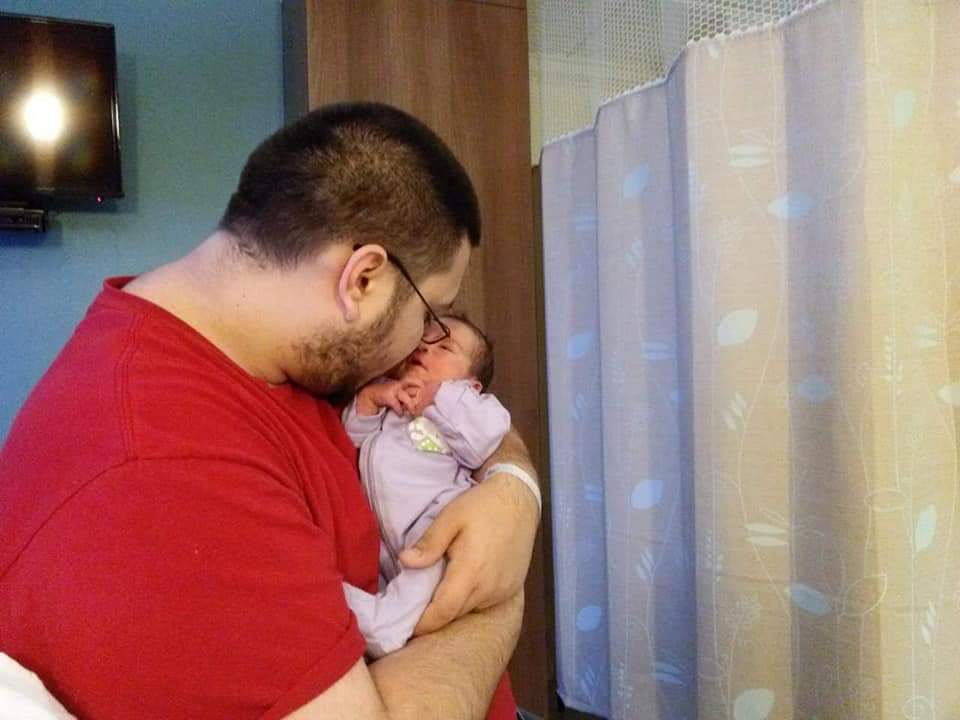
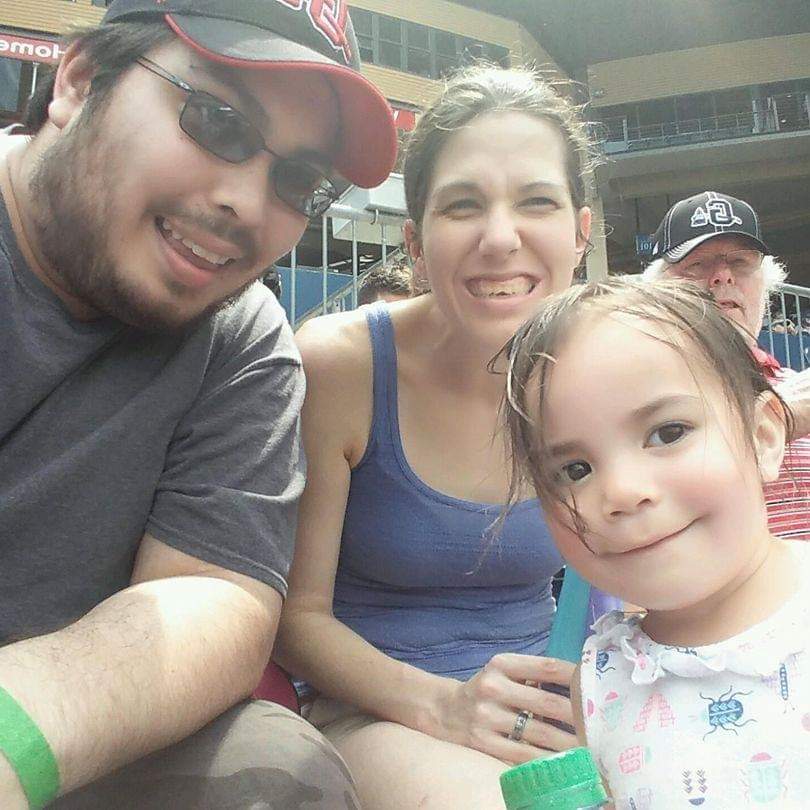 Every day is a determination of what can I do. What priority is there I must meet. With a young daughter and husband, as well as a job, you can imagine that my own rest is one I usually push to the side as much as my body allows…. despite my husband’s wishes otherwise.
Every day is a determination of what can I do. What priority is there I must meet. With a young daughter and husband, as well as a job, you can imagine that my own rest is one I usually push to the side as much as my body allows…. despite my husband’s wishes otherwise.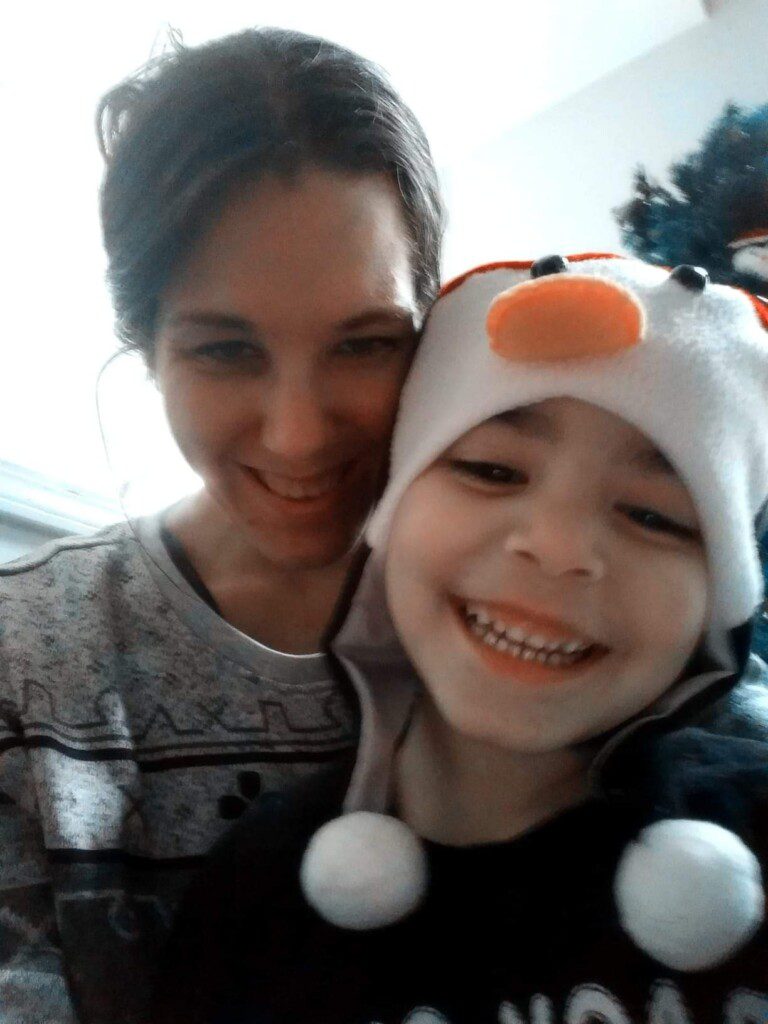

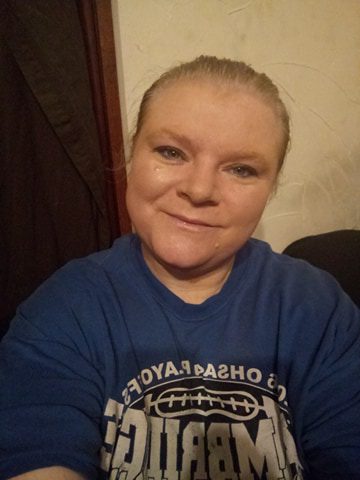 I joined the Army 25 years ago to follow in the footsteps of my family and work to become an officer. I thought I had an idea of what battles laid before me, but little did I know that I was at the beginning of a lifelong battle that would forever change my life.
I joined the Army 25 years ago to follow in the footsteps of my family and work to become an officer. I thought I had an idea of what battles laid before me, but little did I know that I was at the beginning of a lifelong battle that would forever change my life.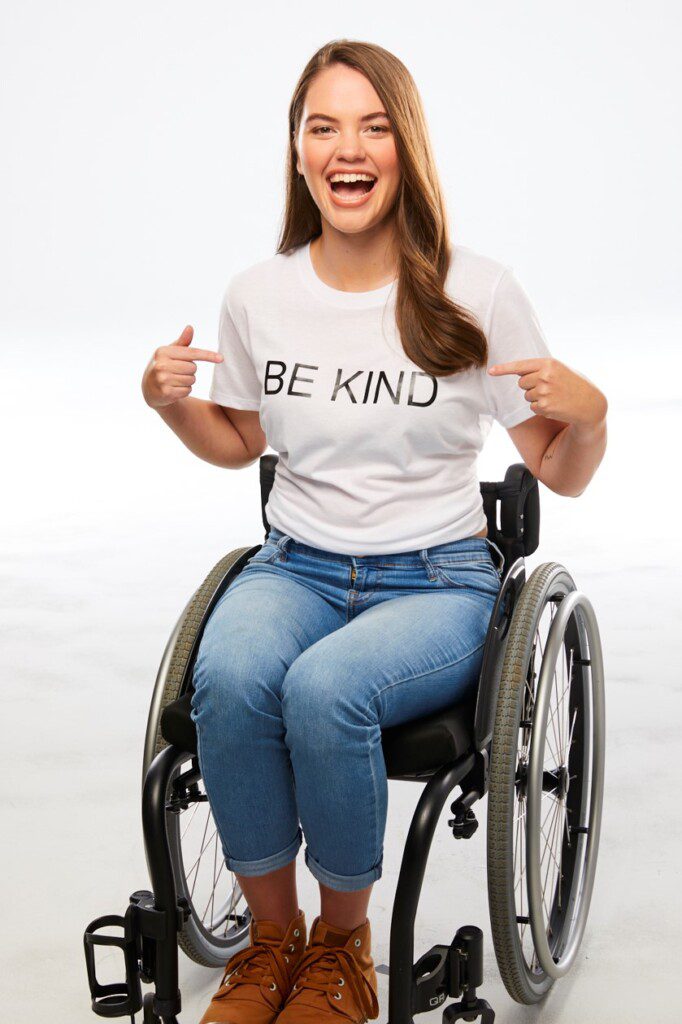 My name is Abby Sams and I was diagnosed with RSD/CRPS at age 19, over seven years after its official development.
My name is Abby Sams and I was diagnosed with RSD/CRPS at age 19, over seven years after its official development. A decade ago, I was an R.N. working in the Delivery Unit at Sutter Delta Hospital when I became the victim of a series of horrible events. It began when I tripped over some cables and landed hard on my hands and knees. I was surprised at the severe levels of pain that immediately began shooting through my elbows. The pain never subsided but, in spite of my torment, I stayed on the job for the next ten hours, helped finish the delivery, and remained for postpartum care.
A decade ago, I was an R.N. working in the Delivery Unit at Sutter Delta Hospital when I became the victim of a series of horrible events. It began when I tripped over some cables and landed hard on my hands and knees. I was surprised at the severe levels of pain that immediately began shooting through my elbows. The pain never subsided but, in spite of my torment, I stayed on the job for the next ten hours, helped finish the delivery, and remained for postpartum care.
